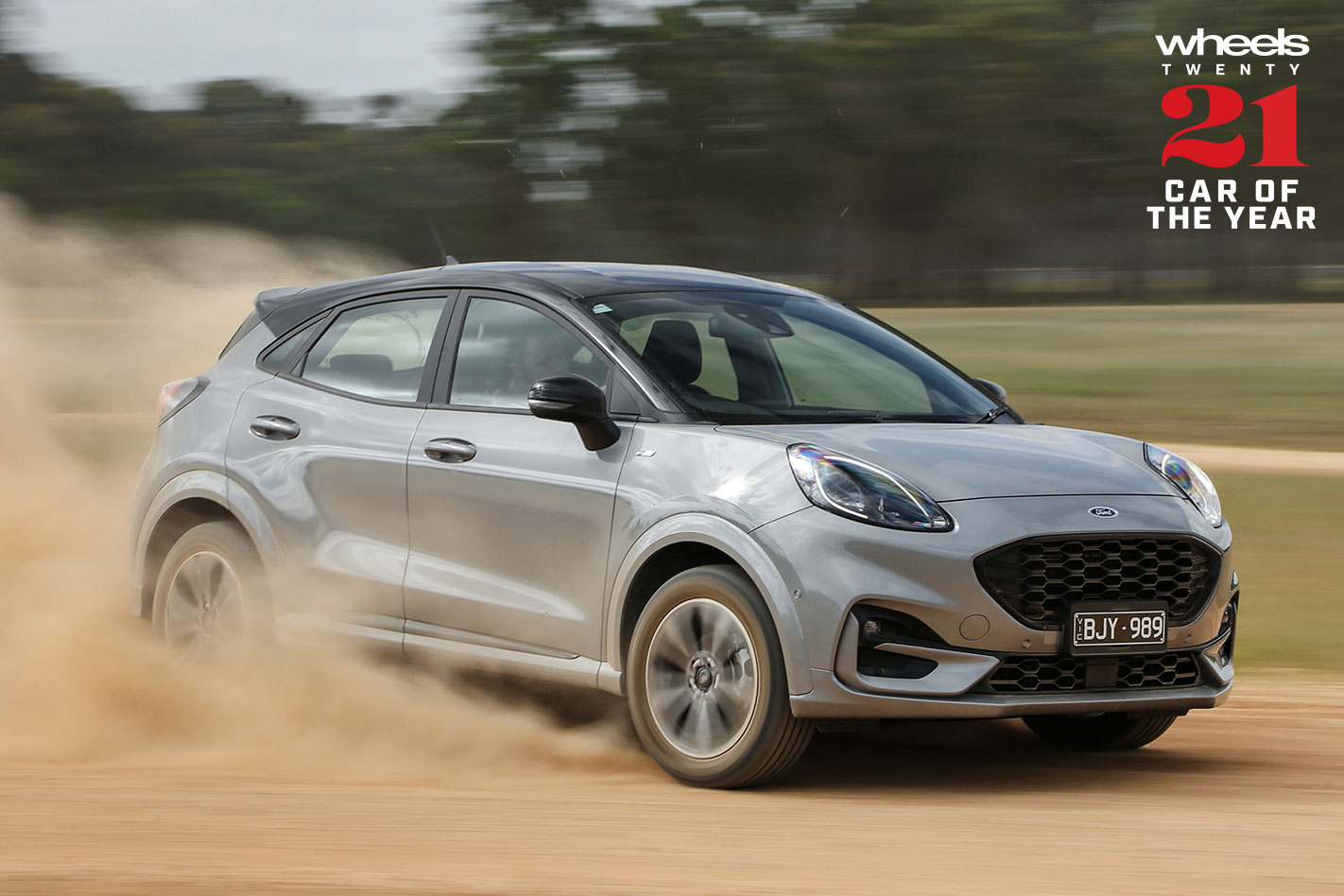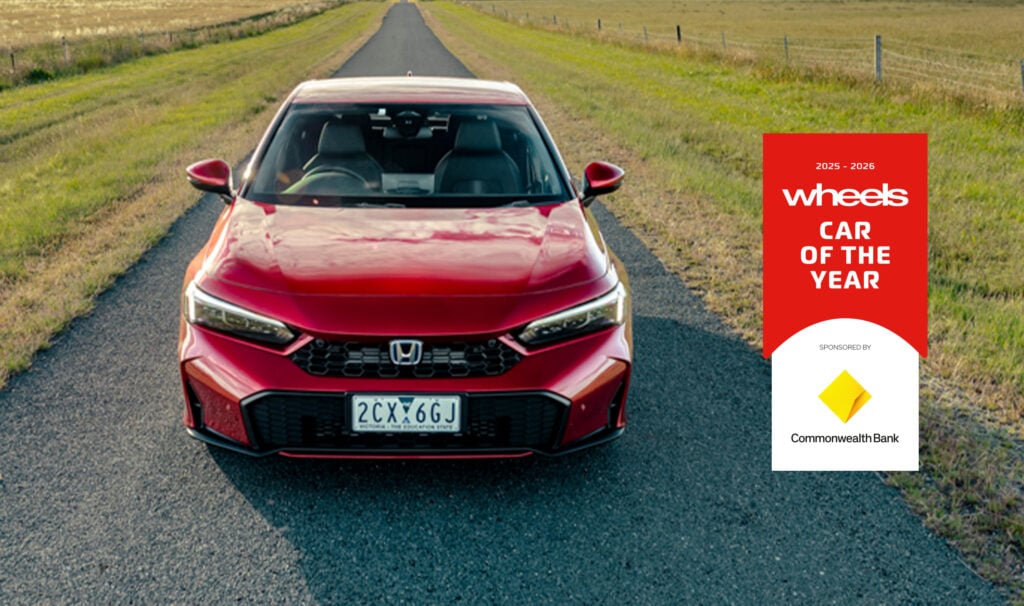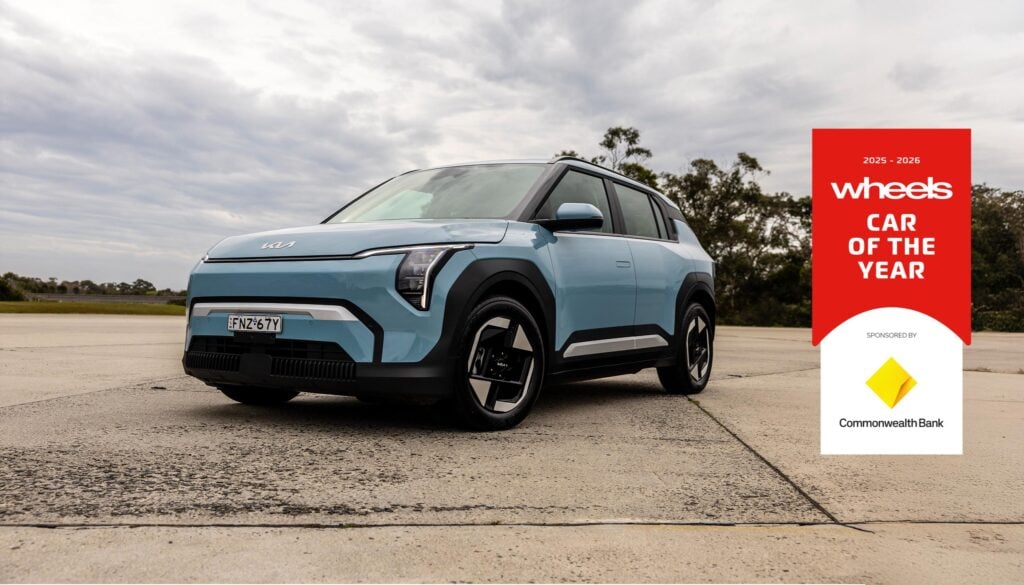Even after a testing week of long days and occasional short tempers, few grew weary of the Ford Puma.
Ponder that for a moment. Most small SUVs are affordable. Many are practical. Some are refined. A few are stylish. A couple are dynamic. But none are all these plus fun… bar this one.
Sceptical? Confused? A bit of context may help here.

Engineered in Germany, the Romanian-made Puma resuscitates a storied name that graced a Fiesta-based coupe for Europe some 25 years ago. Affordable, sassy and spry, it proved popular. However, realising buyers were migrating en-masse to SUVs, Ford replaced the original Puma with the also-Fiesta-derived Fusion (2002) instead, then the EcoSport a decade later – and that did reach Australia. But while it handled tidily, buyers were repelled by its dreary design and cheapo cabin.
Stung by this, Ford decided to fuse some of that ’90s Puma bug-eyed charm with a soupcon of Mazda CX-3-esque style for its third petite SUV, to create the sporty coupe-like Puma crossover before us today.
And guess what? Underneath lies the stretched and widened platform from the latest Fiesta, continuing a common theme that ensures the sporty DNA so central to the Puma’s lineage living on.
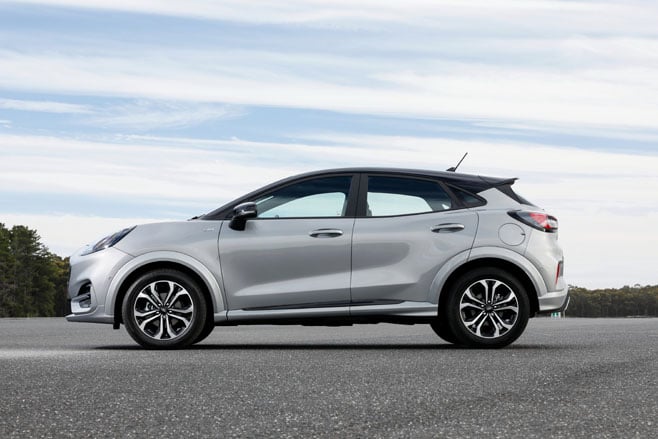
The upshot? Chatty, precise steering, flat, four-square roadholding and taut, tight body control that separates this as a driver’s SUV. And while the suspension (struts up front and a torsion beam out back) is firmly sprung, and the ride is highly surface sensitive, it’s never crashy.
It’s no mean feat extracting so much punch (92kW/170Nm) and pace from the Puma’s diminutive 1.0-litre three-pot turbo, either. Driving the front wheels via a seven-speed dual-clutch auto, it overcomes the inevitable serve of lag (and coarse thrum), while delivering a delightfully fruity fizz to its eager power delivery as the revs rise.
That such athleticism is matched by easy sipping underlines the impressive efficiency of Ford’s award-winning, fighting-fit powertrain. It’s also a damn pity no manual is available. No city SUV deserves one more.
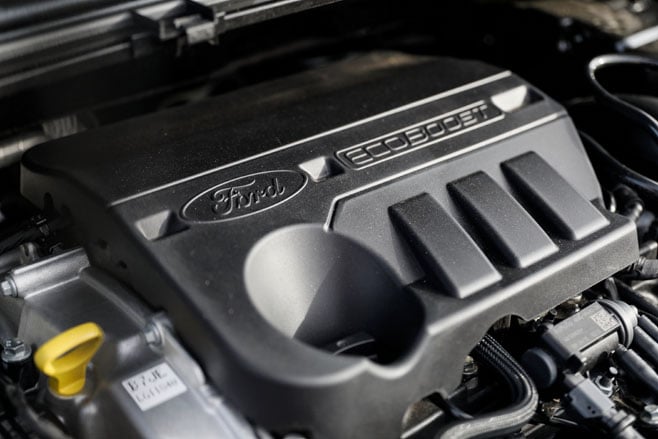
Although the Puma’s cabin creams the EcoSport’s, going from cube to coupe-like packaging has harmed headroom. Still, great seats, a contemporary – if unremarkable – dash layout offering Ford’s exemplary multimedia touchscreen system (branded SYNC 3), a nifty steering wheel, pleasantly clear dials, ample ventilation and storage aplenty are further plus points. It’s all a bit cosy, without being cramped.
The same doesn’t apply in the rear-seat area, with its tight legroom and lack of amenities like USBs and cupholders, while vision out is limited by that high hip-line and fat pillars. Further back, there’s a decently sized boot, with an ultra-deep floor providing extra versatility.
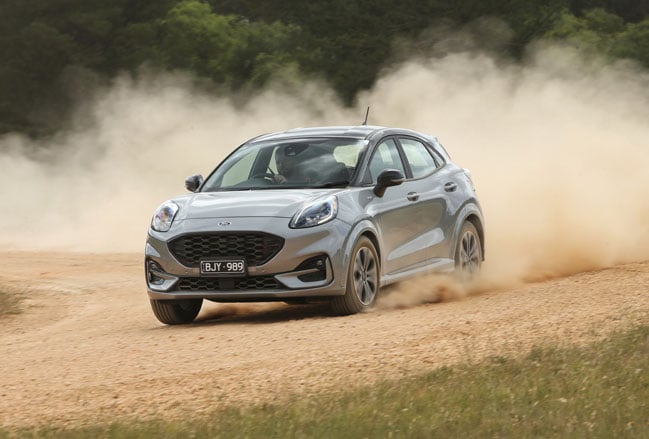
Competitive equipment, options (like a powered tailgate) and safety (including nicely nuanced driver-assist tech) help offset the Puma’s comparatively lofty pricing, with the walk-up to the racier ST-Line and luxury ST-Line Vignale on a par with some more uppity Euros.
There’s little to dislike – cheaper and roomier alternatives exist offering longer warranties – but what keeps Ford’s pretty crossover from the podium is that it’s a good thing that’s great to drive, but not mould-breaking.
Still, pouncing forward with precision and poise, the Puma justifies its heritage as surely as its name.

Richard Ferlazzo on the Ford Puma’s design
“Like its bigger brother the Escape, the new Puma is a very deliberate attempt to change the perceived image of small Ford SUVs. Small crossovers are ostensibly small hatches on steroids and car designers love to work on them.
Bigger wheels, nuggetty proportions and extra detailing make them far more interesting. I particularly like the rear and side view of the Puma, although the front face is a touch too cheerful for the rest of the car.
The interior is pleasant but could have a bit more personality. Under the boot floor is a useful wet storage space for sweaty gym gear.”

